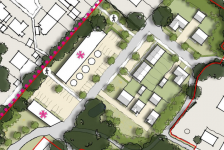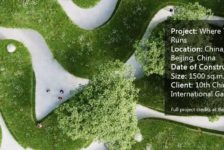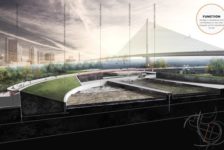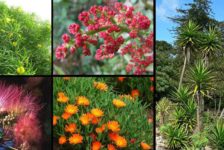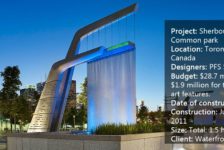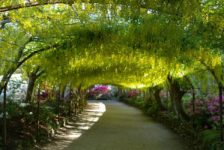Article by Yang Su We explore the 10 best books for landscape architecture. Continuing on from part 1 of our series – Top 10 Books For Landscape Architecture we launch the second in our series of top landscape architecture books, to help guide you in this ever demanding and increasingly complex profession.
Best Books for Landscape Architecture
(Click on the headline to explore any of the books in greater detail) 10. Returning to Nothing: The Meaning of Lost Places, by Peter Read Losing the places we love arouses our deepest feelings. What does it mean for us to lose a place forever in our memories? Why do we need to return? Returning to nothing indicates how essential living places are and how unforgettable they are to us. This book provides examples of many lost towns, suburbs, and homes in Australia. It is readable because the author visited each of these destroyed or lost places, and his powerful and thought-provoking stories are based on interviews with the people who lived there
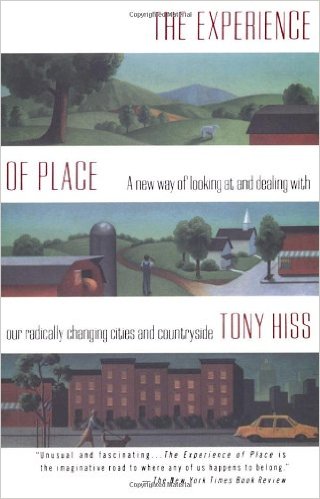
The Experience of Place: A New Way of Looking at and Dealing With our Radically Changing Cities and Countryside. Get it HERE!
Deliberate changes to our surroundings can directly or indirectly affect our health, senses, behaviors, and even intelligence. Some modifications of landscape can even change the quality and pace of our lives unconsciously. What is the secret to improving our cities, and how can we better perceive our surroundings? How can we refill the places with our own reactions, thoughts, and feelings? The Experience of Place provides creative possibilities of new ways of planning, constructing, and managing our most instant and neglected surroundings.
8. Form and Fabric in Landscape Architecture: A Visual Introduction, by Catherine Dee Fabric and form generate a spatial morphology based on the use and experience of landscapes. This method is beneficial to the visual-spatial design philosophy. Catherine Dee describes fabric and form of landscapes through illustrations of topographic space, vegetation space, built space, and water space, as well as their paths, edges, foci, and details. This book helps to investigate the idea of perceiving landscapes from aesthetic, spatial, and experiential perspectives in natural, social, and cultural contexts.
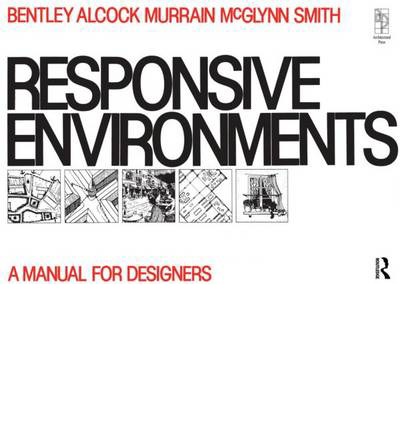
Responsive Environments, by Sue McGlynn, Graham Smith, Alan Alcock and Paul Murrain. Get it HERE!
This book expresses the explicit characteristics of creating understandable, friendly, and manageable places, using lovely sketches and drawings. It also articulates how design affects people’s choices through different methods, demonstrating permeability, variety, legibility, robustness, visual appropriateness, richness, and personalization. It deserves a read, especially for architects, landscape designers, and planners who want to enrich people’s opportunities and design the fabric of built environments in a friendly way.
6. The Landscape Urbanism Reader, by Charles Waldheim The Landscape Urbanism Reader was written by Charles Waldheim, who collects the work from many fields’ prestigious practitioners from around the world. This collection of essays provides an understanding of the definition of landscape urbanism. Waldheim explains that landscape urbanism is a new way of thinking about planning or organizing a city by focusing on landscape instead of buildings. The 14 assembled essays are written by leading figures from around the world, such as James Corner, Alan Berger, and Julia Czerniak. This book is an inspiration for the future of city making and is an essential resource for students, scholars, landscape architects, and urban planners.
5. Great Streets, b Allan B. Jacobs Which street impresses you a lot and brings good memories to your life? What are the characteristics and physical qualities of streets that make them the best in the world? To answer these questions, please read Great Streets, written by Allan Jacobs, who analyzes a broad range of street types and urban spaces and how they relate to users and designers around the world. The detailed plans, sections, use patterns, and maps of each street are analyzed and compared from diverse perspectives. Jacobs summarizes the practical design merits and approaches that have contributed to making great streets.
4. Projective Ecologies, by Chris Reed What is the ecological thinking in landscape design practices? How do we enhance robust design thinking in adaptability, resilience, and flexibility? You can find the answers in this book, which provides ideas about how ecologies inform design thinking and practice. It is a welcome reference for all researchers, designers, and students interested in ecological ideas or metaphors in a broad range of natural sciences and potential design practices.
3. Sustainable Urbanism: Urban Design With Nature, by Douglas Farr Sustainable Urbanism mainly focuses on increasing the interdependence of all life on Earth and keeping the balance between humans and nature. This book is an urgent call for leaders to shape the built environment to create and improve a walkable and diverse place unified with high-performance buildings and infrastructure. Douglas Farr clarifies sustainable urbanism issues based on powerful case study analysis in London, Australia, the United States, and China. Sustainable Urbanism is the ideal book to generate ideas for making a positive impact on our cities and lives.
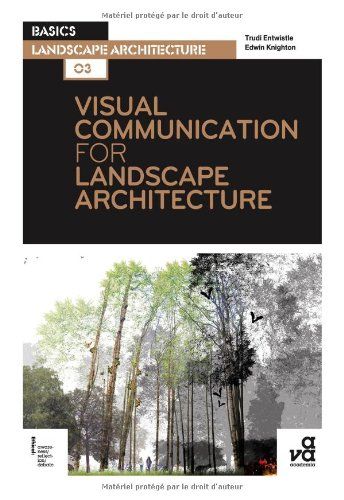
Visual Communication for Landscape Architecture, by Trudi Entwhistle and Edwin Knighton. Get it HERE!
How can you effectively and quickly record and present your ideas on a landscape project? This book explores different ways to read and understand landscape with visual representational skills, such as perspectives sketches, analytical drawings, and 3D models based on 200 images from landscape practitioners and students. It helps students and practitioners of landscape architecture to express their concepts in an efficient, visual communication technique.
1. The Image of the City, by Kevin Lynch What are city dwellers’ memories of their city’s image? How can we build a vibrant and meaningful city image? What does a city’s form mean to those who live there? Based on the research of the particular visual quality “legibility” of three cities — Boston, Jersey, and Los Angeles — Kevin Lynch describes valuable principles in creating a city image and defines its elements and forms. Landscape architects, architects, city planners, and certainly city dwellers are all welcome to read this book. – All of these books could help you to comprehend how you perceive your surroundings and generate innovative ways of creating a friendly and manageable living environment.
What books For Landscape Architecture would you recommend? Let us know in the comments below!
CLICK TO COMMENT
Recommended Reading:
Article by Yang Su Featured Image: Shutterstock.com
Published in Blog





